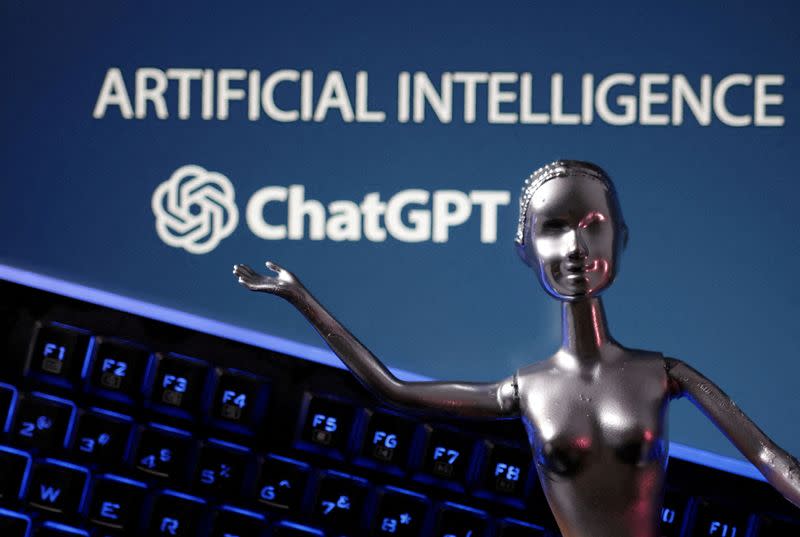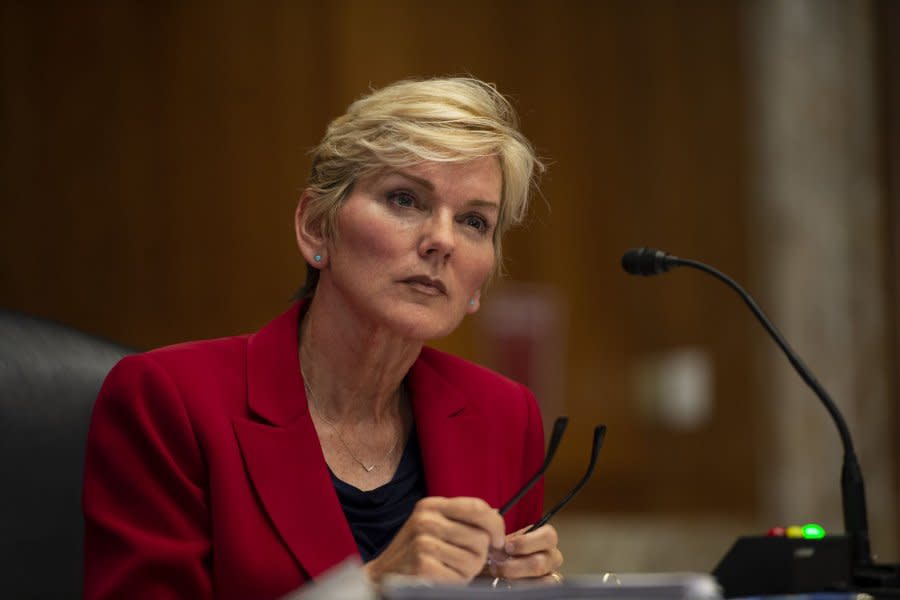The Canadian Press
Thu, August 10, 2023

MONTREAL — Quebec's hydroelectric utility is studying whether to reopen the province's only nuclear power generating station as a response to a growing demand for clean energy.
Hydro-Québec confirmed Thursday that it's looking into restarting the Gentilly-2 reactor in Bécancour, Que., on the south shore of the St. Lawrence River about halfway between Montreal and Quebec City. The plant opened in 1983 and closed in 2012.
"Concerning Gentilly-2, an assessment of the plant's current condition is underway, in order to evaluate our options and inform our thinking about Quebec's future energy supply," the utility said in a statement.
The Crown corporation expects demand for clean energy to increase "significantly" as efforts to reduce carbon emissions continue.
It would be "irresponsible" to exclude certain energy sources, such as nuclear power, amid this "immense challenge," it said, citing an "open mind" on the part of its new CEO, Michael Sabia.
But Pierre-Olivier Pineau, professor of energy sector management at the HEC Montréal business school, doubts reviving nuclear power would be profitable in Quebec.
In 2012, the provincial government under then-premier Pauline Marois accepted Hydro-Québec's recommendation to close Gentilly-2, in part because of the high cost of refurbishing the plant.
"More than 10 years later, costs can only go up because we've started dismantling the plant," Pineau explained in an interview. An increase in construction costs in the last decade means "the nuclear bill could turn out to be very high," he said.
The professor pointed to alternatives to expand the energy supply, such as increasing energy efficiency in homes, wind, solar and geothermal power. "All this can help us reduce our consumption" at a lower cost, he said. "And it would avoid the debates that are always difficult on technologies like nuclear, where there are risks (and) there is waste management that is never easy."
That doesn't mean nuclear power is inappropriate in all contexts, Pineau suggested.
"There are countries on Earth that need nuclear power because they have so much coal and no access to ... hydroelectricity or wind power," he acknowledged. In those cases, he continued, nuclear energy may be a healthier alternative to coal, which pollutes the atmosphere and whose extraction endangers the health of miners.
The announcement by Hydro-Québec comes at a time when the provincial Energy Department is conducting a consultation on the development of clean energy sources in Quebec. The ministry has pledged to table a bill on the subject this fall.
In its submission as part of the consultation, the Conseil du patronat du Québec, an organization that represents employers in the province, suggested nuclear power should not be excluded from consideration.
"Today, nuclear power generates waste. On the other hand, we know that science and technology are evolving," the organization's president, Karl Blackburn, said in an interview. "If we close the door now, we may be depriving ourselves of opportunities for tomorrow."
Greenpeace Canada spokesperson Patrick Bonin said nuclear power is an unnecessary risk for a province with many other options. "There's no doubt that if the government and Hydro-Québec want to go ahead with nuclear power again in Quebec, there will be an unprecedented outcry," Bonin said in an interview.
Quebec politicians also reacted sharply to Hydro-Québec's statement on Gentilly-2. Provincial Liberal Leader Marc Tangay called on the government to "launch a genuine national discussion on Quebec's energy future," saying in a press release that it's "unacceptable that our nation's energy future be decided behind closed doors."
Haroun Bouazzi, energy critic for left-leaning party Québec solidaire, called Hydro-Québec's position on Gentilly-2 "worrying," given the lack of evidence that nuclear power is "necessary to meet our ecological transition objectives."
Last June, Energy Minister Pierre Fitzgibbon said although he had an "intellectual" interest in nuclear power and the province would have to consider new energy sources, "today, in Quebec, we're not there."
This report by The Canadian Press was first published Aug. 10, 2023.
-- With files from Stéphane Rolland
Coralie Laplante, The Canadian Press










